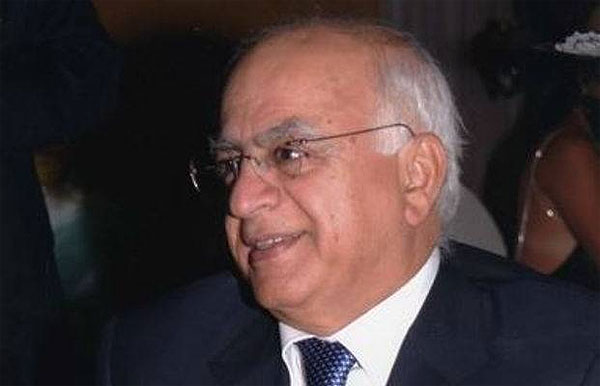07/02/2019
07/02/2019

A distinguished ambassador from one of the European countries, who was on a private visit to Kuwait a few days ago, told me that a great Rabbi living in the capital of that country and one of the friends of the Arabs had asked him during a friendly meeting that he intended to spend his vacation in his ‘homeland’ to search for the Mosaic sect in Kuwait, where an active Jewish minority lived.
The ambassador said they must have a cemetery or tombs in Kuwait which they must have left behind before leaving the country and migrating to Iraq, and then to Israel after its establishment in May 1948. The ambassador said the Rabbi is ready to spend money on the restoration and renovation of the cemetery because the dead are important to them and the ambassador asked me to help him to identify the location of the cemetery.
The historian and researcher of the Kuwaiti heritage, Mr Mohammad Gamal provided me with a map showing the site of the Jewish cemetery, which was located opposite the south-eastern corner of the Madwa southern cemetery and across the street. Unfortunately, it was removed and became state property.
Another researcher, Farhan Al-Farhan told me that the Jews were also buried in the Christian cemetery, which is located on the Khalid Bin Al Waleed Street, west of Al-Khaleejiya Tower.
I and the ambassador decided to visit the cemetery, although no one has been laid to rest in that cemetery for decades after the construction of the Christian cemetery in Sulaibikhat which did not meet the fate of the old tombs because of the interest of the British Embassy because it contained the remains of Captain William Shakespeare, a political resident of Kuwait (1915-1909), who was killed in the battle of Grab between the forces of Ibn Saud and Ibn Al-Rashid which was won by the latter.
Shakespeare paid with his life in that battle and the Ottomans, bin Rashid’s allies, cut off his head and hung it on the Ha’il gate as proof of the British support for Ibn Saud, and then brought his remains, clothes and helmet and buried in Kuwait.
Shakespeare’s contact with King Abdulaziz was the first official British contact. Shakespeare was a unique personality who spoke Urdu, Pashto, and Persian and was eloquent in Arabic. Some historians believe that if he had survived, he would have changed the history of the region.
From the visit to the cemetery, which is not more than a thousand meters away, we saw a few gravestones not more than ten but names on these stones with time have almost disappeared. The oldest of which is 110 years, including of an Armenian named Samuel Petarian, who died in 1928, and the tomb of Dr Charles Stanley Miller, the American missionary who treated many in Kuwait for 28 years. He died in May 1952.
When looking further into his biography in the British archives, it was found that Dr Charles was buried in the cemetery of the ‘Jews and Christians’ which confirms the story of Farhan Al-Farhan. The cemetery might have been used to bury the Jews after their migration and the demise of the old graveyard, but history is not clear here.
This cemetery, which the British embassy has a vital role in maintaining, requires the National Council for Culture, Arts and Letters (NCCAL), to take care of it and receive it from the Kuwait Municipality, and try to restore it, and to commemorate the names of those who were buried on a mural inside the cemetery so that visitors can see them.
Without exaggeration it is one of the rare Christian monuments in the region, and a vital and important evidence of our unflinching tolerance in the past towards others.
email: [email protected]
By Ahmad Al-Sarraf


